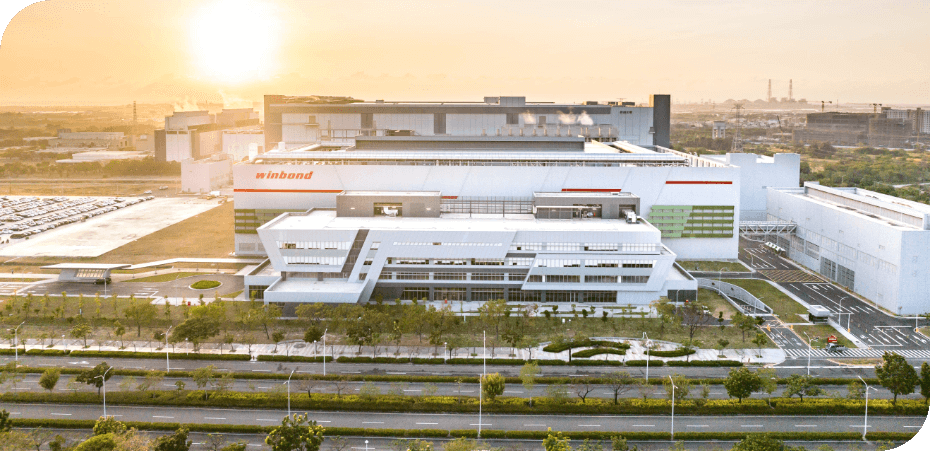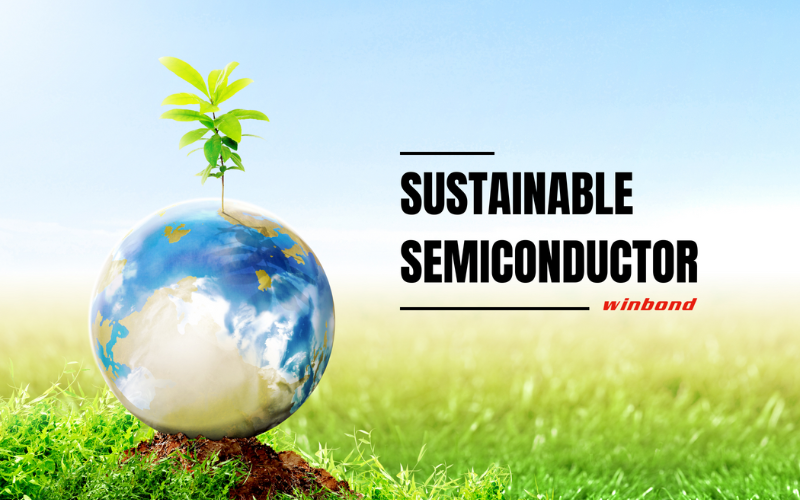Achievements in Energy Saving and Carbon Reduction at the Kaohsiung Fab
Since the first day of constructing our Kaohsiung Fab, the balance of environment, talent, and manufacturing efficiency has been taken into account. The smart factory leverages automation technology, artificial intelligence, and big data to enhance production efficiency, enabling human resources to focus on high-value innovation. The Kaohsiung Fab has adopted high-energy-saving designs, resulting in significant reductions in energy consumption (as shown in the table below). This achievement aligns with the goals of environmental protection, carbon reduction, and the realization of green and low-carbon manufacturing.

Achievements in Energy Saving and Carbon Reduction at the Kaohsiung Fab
| Name of energy-conservation/carbon reduction project | Energy Savings | GHG Emission Reduction (tCO2e) | |
|---|---|---|---|
(kWh) | (GJ) | ||
| Waste heat recovery from hot ultra-pure water heat pump | 8,488,000 | 30,558 | 4,320 |
| Waste heat recovery from air compressor dryer | 54,750 | 197 | 28 |
| High-efficiency energy-saving boiler | 9,855,000 | 35,478 | 3,230 |
| Increased outlet water temperature of chilled water system | 10,444,110 | 37,599 | 5,316 |
| LED Energy-conserving lighting | 1,656,000 | 5,962 | 843 |
| Total | 30,497,860 | 109,793 | 13,737 |
Note:
- The energy-saving design of the new fab was based on the CTSP Fab as the reference.
- The GHG reduction of the high-efficiency energy-saving boiler project was the comprehensive calculation result of electricity saving and natural gas usage.
Energy-conserving Design of Kaohsiung Fab
With green production as the goal, Winbond's Kaohsiung Fab incorporated numerous energy-conserving designs in its initial design. The facility is able to conserve large amounts of energy through methods such as recycling waste heat, using low-power LED lights, and adopting energy-conserving chiller designs. Take waste heat recovery and energy-saving chiller design as examples:
(1) Waste heat recovery from hot ultra-pure water heat pump
Waste heat generated by the process cooling water (PCW) is recovered. A heat pump is used to heat the UPW, which is then supplied to the equipment

(2) Increased outlet water temperature of chilled water system
The outlet water temperature of the chiller is increased to 12°C, significantly reducing energy consumption compared to the previous 9°C chiller operation.
ISO 50001 Energy Management System Certification
In 2022, Winbond's CTSP Fab achieved ISO 50001 Energy Management System certification. This certification establishes management procedures, energy baselines, and energy performance indicators. Through the P-D-C-A cycle, continuous improvement is pursued, optimizing equipment related to major energy consumption.
The goal is to achieve systematic energy management. By implementing the ISO 50001 management system, Winbond has achieved tangible benefits such as improved energy efficiency, reduced energy costs, and decreased greenhouse gas emissions. This includes effectively managing and optimizing the electricity efficiency of process and utility equipment, as well as implementing various carbon reduction measures, such as introducing perfluorocarbons (PFCs) emissions reduction projects, smart air conditioning, energy-saving chillers, waste heat recovery from hot ultra-pure water heat pumps, and high-efficiency energy-saving boilers, to reduce carbon emissions during the production process.
Implement energy-saving measures
By implementing the ISO 50001 Energy Management System, Winbond has successfully completed 21 energy-saving measures in 2022, resulted in 35.9 million kWh of electricity saved and GHG emissions of 16,485 metric tons reduced
PFCs emissions reduction projects: Over the past 15 years, a cumulative reduction of approximately 2.1 million metric tons has been achieved.
Winbond has from 2006 onwards participated in the PFCs emissions reduction projects organized by the Taiwan Semiconductor Industry Association and the World Semiconductor Council. Over the past 15 years, a cumulative reduction of approximately 2.1 million metric tons has been achieved.
Energy-saving chillers
In 2022, Winbond collaborated with National Taiwan University on an industry-academia partnership to implement group control settings for chillers. By establishing a kW/RT energy consumption model and combining it with weather forecast data from the Central Weather Bureau for the next six hours, optimal settings for chiller energy savings were derived, resulting in an energy-saving ratio of approximately 2.8%.



